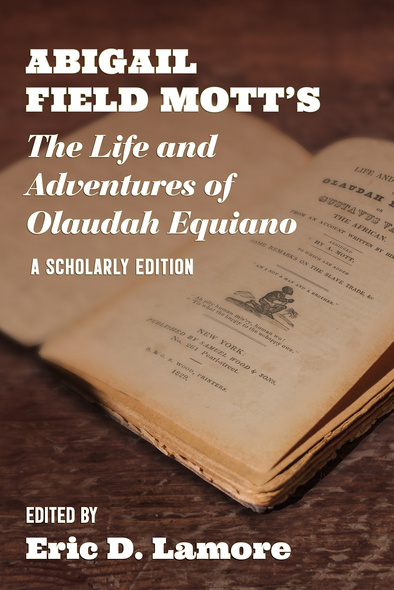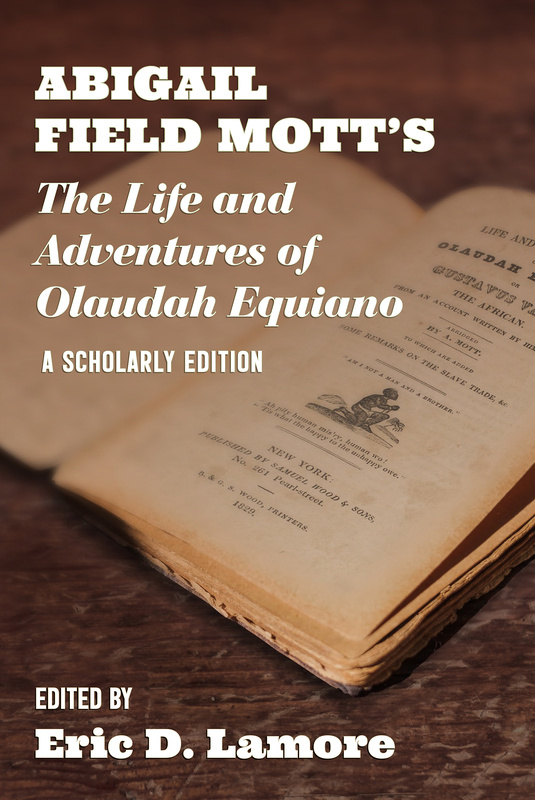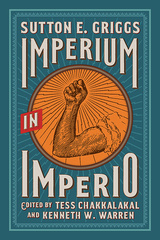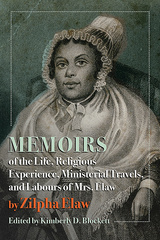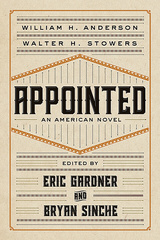Abigail Field Mott's The Life and Adventures of Olaudah Equiano
A Scholarly Edition
An adaptation of Olaudah Equiano’s Interesting Narrative published for Black children in 1829, now given new life in a major scholarly edition.
In 1829, Samuel Wood and Sons, a New York publisher of children’s literature, printed and sold the Quaker Abigail Field Mott’s Life and Adventures of Olaudah Equiano. Mott adapted Olaudah Equiano’s Interesting Narrative, a bestselling autobiography first published in London in 1789, for Black children studying at New York African Free Schools, one of the first educational systems to teach individuals of African descent in the United States.
By reissuing Mott’s neglected adaptation with contextualizing scholarly apparatus, Eric D. Lamore disrupts the editorial tradition of selecting a London edition of Equiano’s Interesting Narrative, and positions Equiano in the United States instead of Great Britain. Lamore’s volume contains Mott’s children’s book, which includes a series of illustrations, in a facsimile edition; instructive notes on Life and Adventures; a provocative essay on the adaptation; and selections from relevant texts on the New York African Free Schools and other related topics. With its focus on the intersections of early Black Atlantic and American studies, children’s literature, history of education, life writing, and book history, this edition offers a fresh take on Equiano and his autobiography for a variety of twenty-first-century audiences.
‘Eric D. Lamore’s multifaceted edition of Abigail Field Mott’s Life and Adventures of Olaudah Equiano challenges textual paradigms in early Black Atlantic studies by bridging divisions between literary history and book history. This much-needed volume documents an important chapter in the evolution of Equiano’s transatlantic posthumous reputation while introducing readers to a signal contribution to early African American children’s literature.’
William L. Andrews, University of North Carolina at Chapel Hill‘Think you’ve read the ‘authorized’ edition of Olaudah Equiano’s narrative? Eric D. Lamore’s edition of Abigail Field Mott’s Life and Adventures of Olaudah Equiano might have you question your choice. It is an incisive, must-read primer for anyone considering Equiano or early American book history, Black subjectivity, and authorship. Read this book—and learn to think in new ways about what it means to tell a Black person’s story.’
Tara Bynum, University of Iowa
Acknowledgments
Introduction
A Note on the Text
The Life and Adventures of Olaudah Equiano; or, Gustavus Vassa, the African
Explanatory Notes
Appendix A: Rethinking Textual Paradigms in Early Black Atlantic Studies
Appendix B: Pedagogy, Politics, and Regulations at the New York African Free Schools
- An Address to the Parents and Guardians of the Children Belonging to the New-York African Free-School (1818)
- Charles C. Andrews, Letter to John B. Russwurm, Freedom’s Journal (1827)
- “A[frican] F[ree] S[chool],” Freedom’s Journal (1828)
- A “[R]esolution,” Commercial Advertiser (1828)
- Selections from Charles C. Andrews, The History of the New-York African Free-Schools (1830)
Appendix C: Additional Works by and about Abigail Field Mott
- A Short Account of the Last Sickness and Death of Maria Mott (1817)
- “G[eneral] R[emarks]” from Abigail Field Mott, Observations on the Importance of Female Education, and Maternal Instruction (1825)
- Selections from Abigail Field Mott, Biographical Sketches and Interesting Anecdotes of Persons of Colour (1826)
- Selections from Abigail Field Mott, The Mother and Her Children (1828)
- “Report of [the] Ladies’ Anti-Slavery Society of Albany,” The Albany Patriot (1845)
- Abigail Field Mott, “[Narrative] of Douglass,” The Liberator (1845)
- Memoir of Purchase Monthly Meeting, Concerning Abigail Mott (1852)
Appendix D: Selected Commentary on the Institution of Slavery in Books Published by Samuel Wood and Sons
- “To the Reader,” The Penitential Tyrant (1807)
- “A Family [C]onversation on the Slavery of the Negroes,” The New-York Reader, No. 2 (1813)
- “Master and Slave,” The New-York Reader, No. 3 (1819)

